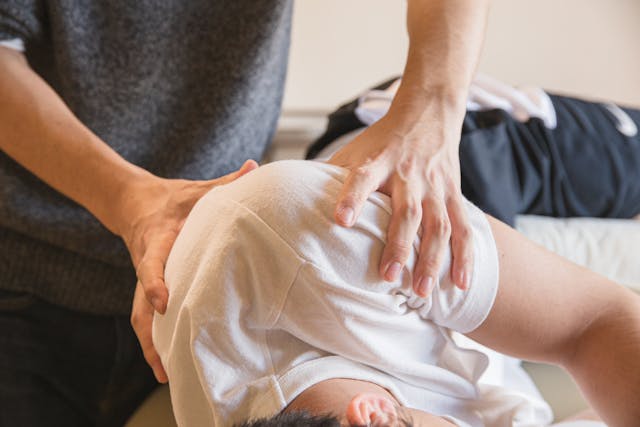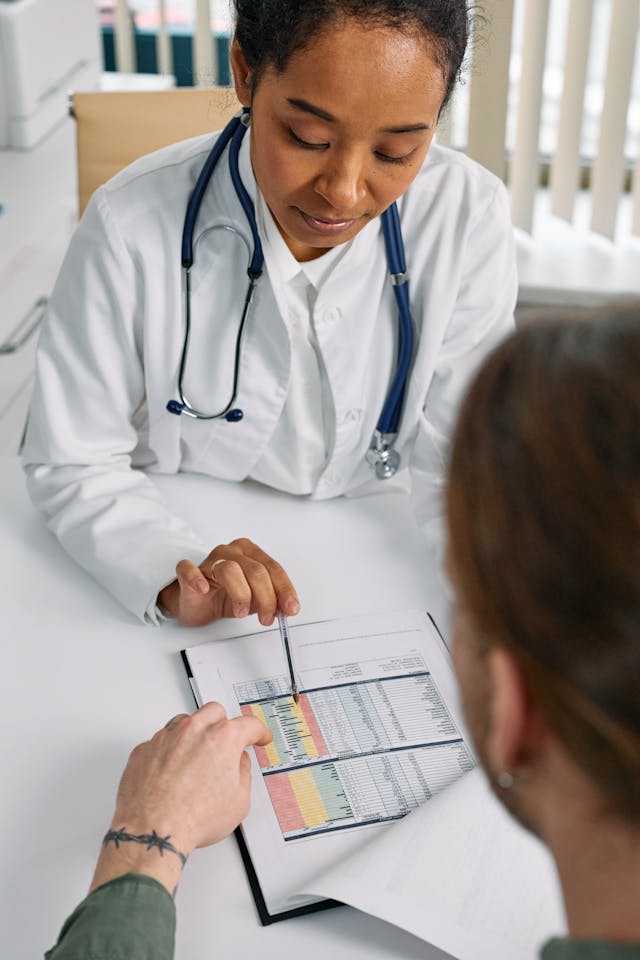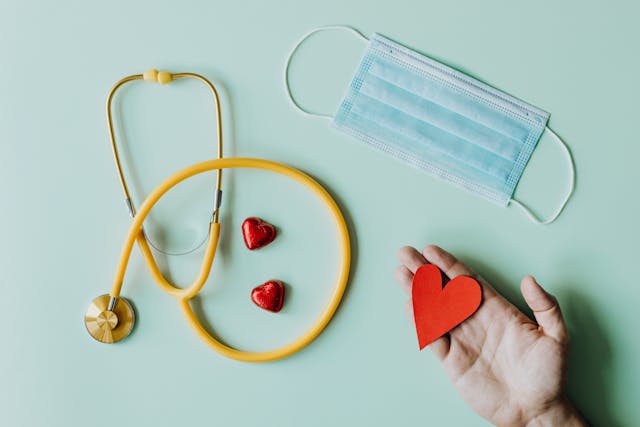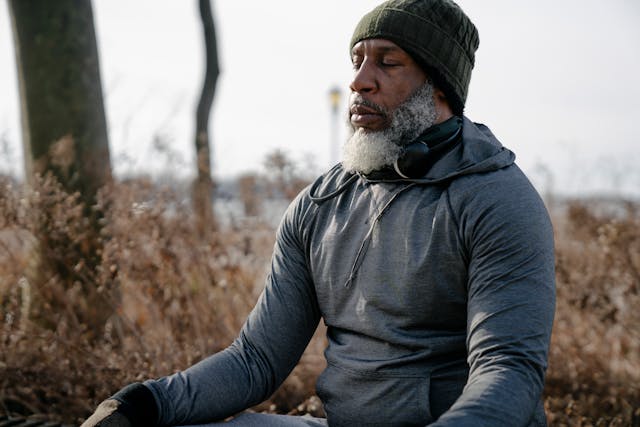Are you tired of dealing with the discomfort and pain caused by hemorrhoids? Say goodbye to the suffering and learn more about the duration and treatment options available to help you find relief. In this article, we will delve into the topic of hemorrhoids, providing you with the knowledge you need to better understand this condition. Hemorrhoids are swollen veins in the anus and lower rectum that can cause itching, bleeding, and pain. While they can be a common and temporary condition, they can also become chronic if not properly managed.
Understanding how long hemorrhoids typically last is essential in determining the appropriate treatment course. We will explore the different factors that contribute to the duration of hemorrhoids, including the type, severity, and individual healing time. Furthermore, we will discuss the various treatment options available for hemorrhoids, ranging from lifestyle changes and home remedies to medical procedures. Our goal is to equip you with the information necessary to make informed decisions and alleviate the symptoms associated with hemorrhoids. Say goodbye to the discomfort and regain control of your life by exploring the duration and treatment options for hemorrhoids. Read on to discover how you can find relief from this common condition.
What are hemorrhoids?

Hemorrhoids, sometimes referred to as piles, are swollen veins in the lower rectum and anus. They can develop internally or externally, leading to symptoms such as pain, itching, bleeding, and discomfort during bowel movements. Contributing factors include straining during bowel movements, chronic constipation or diarrhea, obesity, pregnancy, and a sedentary lifestyle.
Types of hemorrhoids
Hemorrhoids, also known as piles, can be classified into two main types based on their location within the anal canal: internal hemorrhoids and external hemorrhoids. Here’s a closer look at each type:
1. Internal Hemorrhoids:
Internal hemorrhoids develop within the rectum, above the anal opening, where there are fewer pain-sensing nerves. They are typically not visible or palpable unless they prolapse (protrude) through the anal opening. Internal hemorrhoids are further categorized based on their severity:
- First-Degree Hemorrhoids: These are the mildest form of internal hemorrhoids. They remain inside the rectum and may cause bleeding during bowel movements but usually don’t cause significant discomfort or prolapse.
- Second-Degree Hemorrhoids: These hemorrhoids may prolapse during bowel movements but retract back into the rectum spontaneously. They can cause discomfort, bleeding, and irritation.
- Third-Degree Hemorrhoids: These hemorrhoids prolapse during bowel movements and require manual manipulation to return them to their original position inside the rectum. They may protrude outside the anal opening and can be associated with more severe symptoms, including pain, bleeding, and mucus discharge.
- Fourth-Degree Hemorrhoids: These are the most severe form of internal hemorrhoids. They remain prolapsed outside the anal opening and cannot be pushed back inside. Fourth-degree hemorrhoids may be associated with intense pain, bleeding, and difficulty with hygiene.
2. External Hemorrhoids:
External hemorrhoids develop beneath the skin around the anus, where there are more pain-sensing nerves. They are often visible and can be felt as lumps or bulges around the anal opening. External hemorrhoids may cause symptoms such as itching, irritation, pain, and swelling. When blood pools in an external hemorrhoid and forms a clot, it can cause severe pain and swelling, a condition known as thrombosed external hemorrhoid.
Causes of hemorrhoids

- Straining During Bowel Movements: Excessive straining while passing stool, often due to constipation or diarrhea, can increase pressure on the veins in the rectum and anus, leading to the development of hemorrhoids.
- Chronic Constipation or Diarrhea: Conditions that cause frequent constipation or diarrhea can irritate the rectal area and contribute to the formation of hemorrhoids.
- Pregnancy: The increased pressure on pelvic blood vessels during pregnancy, along with hormonal changes, can lead to the development or worsening of hemorrhoids.
- Obesity: Being overweight or obese can increase pressure on the pelvic region, including the veins in the rectum and anus, making hemorrhoids more likely to develop.
- Sitting or Standing for Prolonged Periods: Remaining in one position for extended periods, especially sitting or standing, can impair blood flow in the rectal area and contribute to hemorrhoid formation.
Symptoms of hemorrhoids
- Rectal Bleeding: One of the most common symptoms of hemorrhoids is bright red blood on toilet paper or in the toilet bowl after a bowel movement. The bleeding may be painless and is often associated with internal hemorrhoids.
- Itching or Irritation: Hemorrhoids can cause itching or irritation in the anal region, which may be exacerbated by moisture from sweating or inadequate hygiene.
- Pain or Discomfort: External hemorrhoids, especially when thrombosed (containing blood clots), can cause significant pain and discomfort, particularly during bowel movements or while sitting.
- Swelling or Lump near the Anus: External hemorrhoids may present as a visible or palpable lump or swelling around the anal opening. These lumps can be tender to the touch and may cause discomfort or pain.
- Mucus Discharge: Some individuals with hemorrhoids may experience a mucous discharge from the anus, which can contribute to irritation and discomfort.
Duration of hemorrhoids
The duration of hemorrhoids can vary widely depending on several factors, including the severity of the condition, treatment methods employed, and individual healing processes. Generally, hemorrhoids can last anywhere from a few days to several weeks.
Mild Cases:
In mild cases, where symptoms are relatively minor, hemorrhoids may resolve on their own within a few days with proper self-care measures. These measures often include:
- Dietary Changes: Increasing fiber intake to soften stools and ease bowel movements can reduce strain on hemorrhoids.
- Hydration: Drinking plenty of water helps prevent constipation, which can exacerbate hemorrhoids.
- Topical Treatments: Over-the-counter creams, ointments, or suppositories containing hydrocortisone or witch hazel can provide relief from itching and discomfort.
With consistent self-care, mild hemorrhoids typically improve within a week or so.
Moderate to Severe Cases:
For more severe cases or those that don’t respond to initial self-care, medical intervention may be necessary. Treatment options for moderate to severe hemorrhoids include:
- Sclerotherapy: Injection of a solution to shrink the hemorrhoid.
- Rubber Band Ligation: A rubber band is placed around the base of the hemorrhoid to cut off its blood supply, causing it to shrink and fall off.
- Hemorrhoidectomy: Surgical removal of the hemorrhoid tissue.
Recovery time from these procedures can vary. While some individuals may experience relief within a few days, others may require several weeks for complete healing.
Treatment options for hemorrhoids

Treatment options for hemorrhoids depend on the severity of symptoms and the type of hemorrhoids. Here’s an overview of various treatment options available:
Self-Care Measures:
- Dietary Changes:
- Increase Fiber Intake: Consuming fiber-rich foods such as fruits, vegetables, whole grains, and legumes can soften stools and make them easier to pass, reducing the risk of constipation and straining during bowel movements.
- Stay Hydrated: Drink plenty of water throughout the day to maintain hydration and promote soft stools.
- Good Bowel Habits:
- Avoid Straining: Straining during bowel movements can exacerbate hemorrhoid symptoms. Respond promptly to the urge to have a bowel movement and avoid prolonged straining.
- Don’t Delay: Avoid delaying bowel movements when you feel the urge to go.
- Proper Hygiene:
- Gentle Cleansing: Clean the anal area gently after bowel movements using soft, moist toilet paper or unscented baby wipes. Avoid using harsh or scented products that may irritate the skin.
- Pat Dry: After cleansing, pat the anal area dry with a soft towel instead of rubbing, which can cause further irritation.
- Over-the-Counter Creams or Ointments: Apply over-the-counter creams, ointments, or suppositories containing ingredients such as hydrocortisone, witch hazel, or lidocaine to the affected area to relieve itching, pain, and inflammation.
- Loose-Fitting Clothing: Wear loose-fitting, breathable cotton underwear and clothing to minimize friction and irritation in the anal area.
- Avoid Aggravating Factors:
- Limit Prolonged Sitting or Standing: Avoid sitting or standing for extended periods, as this can increase pressure on the rectal veins and exacerbate hemorrhoid symptoms.
- Avoid Heavy Lifting: Heavy lifting can strain the pelvic floor muscles and increase pressure on the rectal area, potentially worsening hemorrhoids.
Medical Treatments:
- Sclerotherapy: In this procedure, a chemical solution is injected into the hemorrhoid, causing it to shrink. Sclerotherapy is typically used for smaller internal hemorrhoids.
- Rubber Band Ligation: A rubber band is placed around the base of the hemorrhoid to cut off its blood supply. The hemorrhoid eventually shrinks and falls off within a few days. Rubber band ligation is effective for treating internal hemorrhoids, especially those that protrude outside the anus.
- Infrared Coagulation: This procedure uses infrared light to coagulate the blood vessels supplying the hemorrhoid, causing it to shrink. Infrared coagulation is suitable for treating internal hemorrhoids.
- Hemorrhoidectomy: Surgical removal of hemorrhoids may be necessary for severe cases or hemorrhoids that do not respond to other treatments. During a hemorrhoidectomy, the hemorrhoidal tissue is excised under anesthesia. Recovery time from hemorrhoidectomy can vary, and it may be associated with discomfort during the healing process.
Other Interventions:
- Hemorrhoidal Artery Ligation (HAL): This minimally invasive procedure involves using a Doppler ultrasound to locate the arteries supplying blood to the hemorrhoids. The arteries are then ligated to reduce blood flow to the hemorrhoidal tissue, causing them to shrink.
- Stapled Hemorrhoidopexy (Procedure for Prolapse and Hemorrhoids – PPH): This surgical procedure involves using a circular stapling device to remove excess hemorrhoidal tissue and reposition the remaining tissue back into its normal position. Stapled hemorrhoidopexy is primarily used for treating prolapsed hemorrhoids.
Home Remedies:
- Warm Sitz Baths: Soaking in warm water for 10 to 15 minutes several times a day can help relieve symptoms such as itching, pain, and swelling.
- Ice Packs: Applying ice packs to the affected area for short periods can help reduce swelling and numb the area, providing relief from pain and discomfort.
- Stool Softeners: Over-the-counter stool softeners or fiber supplements may help alleviate constipation and reduce strain during bowel movements.
Lifestyle Changes:
- Healthy Bowel Habits: Avoid straining during bowel movements and respond promptly to the urge to have a bowel movement.
- Regular Exercise: Engage in regular physical activity to promote bowel regularity and improve circulation in the pelvic region.
- Weight Management: Maintain a healthy weight to reduce pressure on the veins in the rectum and anus.
Medical procedures for hemorrhoids

Medical procedures for hemorrhoids are often considered when conservative treatments fail to provide adequate relief or for severe cases where hemorrhoids cause significant discomfort or complications. Here are some common medical procedures used to treat hemorrhoids:
1. Rubber Band Ligation (RBL):
Procedure: A small rubber band is placed at the base of the internal hemorrhoid, cutting off its blood supply. This causes the hemorrhoid to shrink and eventually fall off within a few days.
Indication: Rubber band ligation is effective for treating internal hemorrhoids, especially those that prolapse (protrude) during bowel movements.
Benefits: It is a relatively simple and effective outpatient procedure that can be performed without anesthesia in most cases.
2. Sclerotherapy:
Procedure: A chemical solution is injected into the hemorrhoidal tissue, causing it to shrink and scar. This reduces blood flow to the hemorrhoid, leading to its eventual shrinkage.
Indication: Sclerotherapy is suitable for treating smaller internal hemorrhoids.
Benefits: It is a minimally invasive procedure that can be performed in an outpatient setting and may require fewer sessions compared to other treatments.
3. Infrared Coagulation (IRC):
Procedure: Infrared light is used to coagulate the blood vessels supplying the hemorrhoid, causing it to shrink.
Indication: Infrared coagulation is effective for treating internal hemorrhoids.
Benefits: It is a relatively painless procedure that can be performed in an outpatient setting and usually does not require anesthesia.
4. Hemorrhoidectomy:
Procedure: Surgical removal of hemorrhoids is performed under anesthesia. The hemorrhoidal tissue is excised, and the incisions are closed with sutures.
Indication: Hemorrhoidectomy is typically reserved for severe cases of hemorrhoids or for those that do not respond to other treatments.
Benefits: It provides a definitive solution for symptomatic hemorrhoids and may be necessary for large external hemorrhoids or internal hemorrhoids that cause significant discomfort or bleeding.
5. Hemorrhoidopexy:
Procedure: Also known as stapled hemorrhoidopexy or procedure for prolapse and hemorrhoids (PPH), this procedure involves using a circular stapling device to remove excess hemorrhoidal tissue and reposition the remaining tissue back into its normal position.
Indication: Hemorrhoidopexy is primarily used for treating prolapsed internal hemorrhoids.
Benefits: It is less invasive than traditional hemorrhoidectomy and typically involves less pain and faster recovery.
6. Hemorrhoidal Artery Ligation (HAL):
Procedure: This minimally invasive procedure involves using a Doppler ultrasound to locate the arteries supplying blood to the hemorrhoids. The arteries are then ligated to reduce blood flow to the hemorrhoidal tissue, causing them to shrink.
Indication: HAL is effective for treating symptomatic internal hemorrhoids.
Benefits: It is a minimally invasive outpatient procedure associated with minimal discomfort and faster recovery compared to traditional hemorrhoidectomy.
Conclusion
Hemorrhoids, though uncomfortable and sometimes painful, are a common condition with various treatment options available. By understanding the duration of hemorrhoids and implementing preventive measures, individuals can minimize discomfort and promote faster healing. However, persistent or severe symptoms should prompt consultation with a healthcare provider to ensure appropriate management and resolution of the issue. Remember, maintaining good bowel habits and a healthy lifestyle is key to preventing hemorrhoids in the long term.




